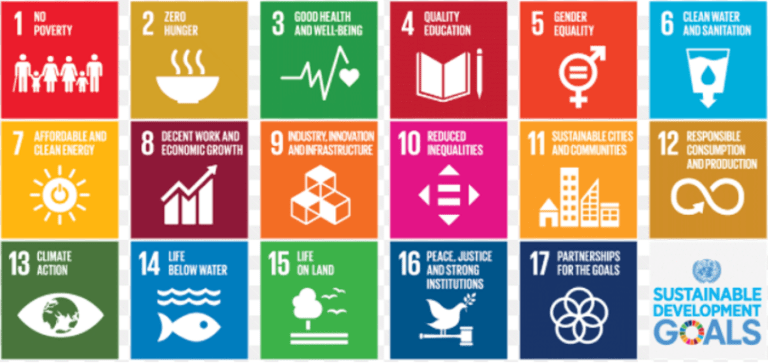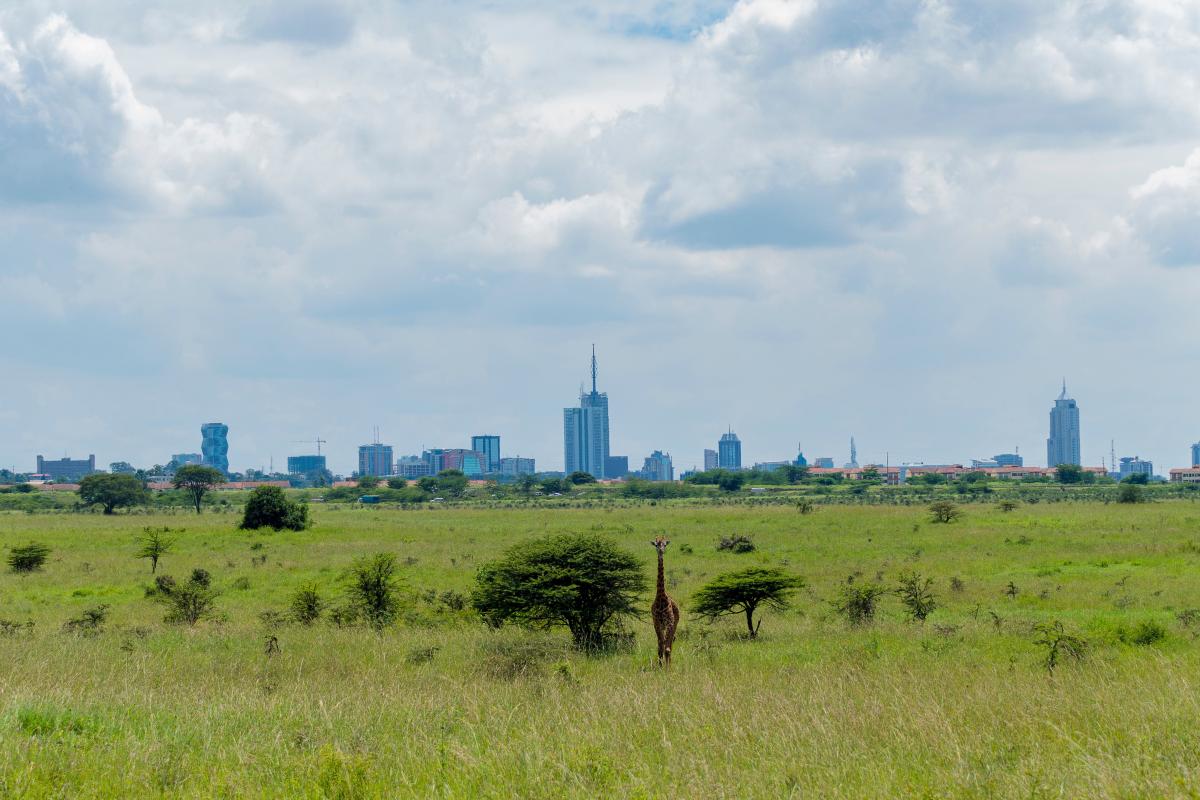By Borja Pujalras Ortuño, CAIA, Eurocapital Wealth Management
Africa, the forgotten continent and the place with more development opportunities in the world. It was not long ago that many believed that making an investment in Africa with a positive impact on Environmental, Social, and Governmental (ESG) issues would be possible without renouncing profitability.
Now, we are optimistic that the region is going to attract new impact capital in the coming years for reasons, such as:
- Africa is a high potential growth market.
- Compared with more saturated or matured markets, it is much better to see the world from an emerging market perspective. The first-mover advantage brings potentially great returns. So, if we invest now, we can achieve better profitability than if we invest in two years when more investors will be interested in this continent.
- Despite the challenges, Africa offers good environments for business, and we can find stable countries that offer huge business potential for agribusiness, health, or education.
We, as investors, cannot think of Africa as a whole. The countries within this continent have a lot of divergences on risk, return, and sustainability issues. We can divide these countries into four stages of economic diversification:
- Oil Exporters: The amount of focus on oil exports within these countries is extremely high. These countries, such as Equatorial Guinea or Libya, do not have their economies diversified.
- Pre-transition: These countries, like Mali or Sierra Leone, have a relatively low volume of exports and low economic diversification.
- Transition: These countries, like Ghana or Kenya, are characterized by economies that are not dependent on raw materials and are increasingly diversified, with one-third of the GDP from the agriculture and natural resource sectors.
- Diversified: These countries, like Mauritius or Tunisia, are characterized by higher volumes of exports and lower economic diversification.
Note that countries in the transition or diversified stages tend to offer opportunities with reduced risk.
During the last decade, many have approached investment in African countries through ESG and impact investments in their portfolios, and it is important to know the differences between the two. When you invest with a focus on ESG, you can make these investments through liquid mutual funds in companies that aim to improve some ESG aspects. In impact investments, you must plan the impact before the investments, and an external professional must measure the impact that you have had in these investments. Without these steps, you cannot say that you have invested in impact. The GIIN defines impact investments as investments made with the intention to generate positive, measurable social and environmental impact alongside a financial return. Most impact investments are made through illiquid vehicles, and in Africa, there are more opportunities in Private Debt than in, for example, Private Equity.
The following list shows the different types of ESG investment approaches:
- Exclusionary Screening: This is the oldest method. These investments must not invest in businesses associated with alcohol, tobacco, gambling, or weapons manufacturing, just to name a few examples.
- Best in Class: This method includes investments in leading companies regarding ESG issues. Then, it rewards the leaders on ESG metrics by overweighting those stocks within the index.
- ESG Integration: This method recognizes that issues like climate change, social inequality, and corporate governance can affect a company’s long-term performance. The point of the integration is to use ESG factors to pursue better risk-adjusted returns.
- Active Ownership or Corporate Engagement: Active owners use ownership rights to directly engage with companies on ESG issues, such as using proxy votes to try to change the behavior or practices of the company.
- Thematic Investing: Thematic funds focus on an ESG-related area, such as clean energy, water, or female leadership. These funds seek to invest in companies that are most actively working to address the chosen issue.
- Impact investing: This highly targeted approach invests projects designed to achieve specific measurable goals.
Investors who want to see an impact should complete these steps:
- Impact Metrics: Identify KPIs that are linked to the financial return and associated SDGs.
- Impact Outcome Expectations: Outline expectations for the development of the KPIs.
- Monitoring and Reporting: Monitor development and provide detailed financial and impact reporting.
Nowadays we do not have a standard for impact measurement. For this reason, we recommend following the guidelines of organizations as the IMP and GIIN and analyze in which Social Development Goals a particular investment is having an impact.
The UN’s 17 Sustainable Development Goals define the world we want. They apply to all nations and try to ensure that no one is left behind.
The more common SDGs which we found in investments in Africa are (1) No Poverty, (2) Zero Hunger, (3) Good Health and Well-being, (4) Quality Education, (5) Gender Equality, (6) Clean Water and Sanitation, and (11) Sustainable Cities and Communities.

There are links between SDGs and ESG investments. Environmental SDGs include (6) Clean Water and Sanitation (7) Affordable and Clean Energy and (13) Climate Action. Social SDGs include (2) Zero Hunger, (3) Good Health and Well-being, and (4) Quality Education, while Governmental SDGs might include (5) Gender Equality and (8) Decent Work and Economic Growth (both have impact in letter S too).
But how can we invest in African countries through this lens? The best way to understand this is with an example. Firstly, we have to choose a theme, such as gender equality. The next step is to find managers who will invest in this theme in Africa. A fund manager pursuing this theme might, for example, invest in companies such as Access Bank Ghana, which promotes itself as “the bank of choice for women” by offering digital financial solutions especially for women. Some professional groups like African Private Equity and Venture Capital Association (AVCA) or CAIA Association can help you in this work. When you have identified managers, you should do due diligence on the funds and choose the fund that is more suitable for your objectives. This is the moment to apply a three-dimensional view that incorporates risk, return, and sustainability.
Due diligence is always one of the most important steps when investing but is even more important in transitioning countries, like those in Africa. In the investment due diligence, we must analyze their performance (TVPI, IRR) in previous funds and the management team's experience. Operational due diligence is similar to any investment and involves document collection and analysis, onsite visits, review of service providers, documentation of key processes and operational decisions, and ongoing monitoring.
In this space, funds must also provide impact reports to their investors, which include their investments and the impact of these investments in relation to the Sustainable Development Goals. As we have said, investors who have chosen these investment options want to know their performance in financial and sustainability issues. With these impact reports and reports from external sources, such as Sustainalytics (Morningstar), MSCI, and Clarity, fund managers should report on an ad-hoc basis for their clients.
Taking all of these into account, we believe that Africa can offer interesting investment opportunities in businesses with an impact on social and environmental issues.




